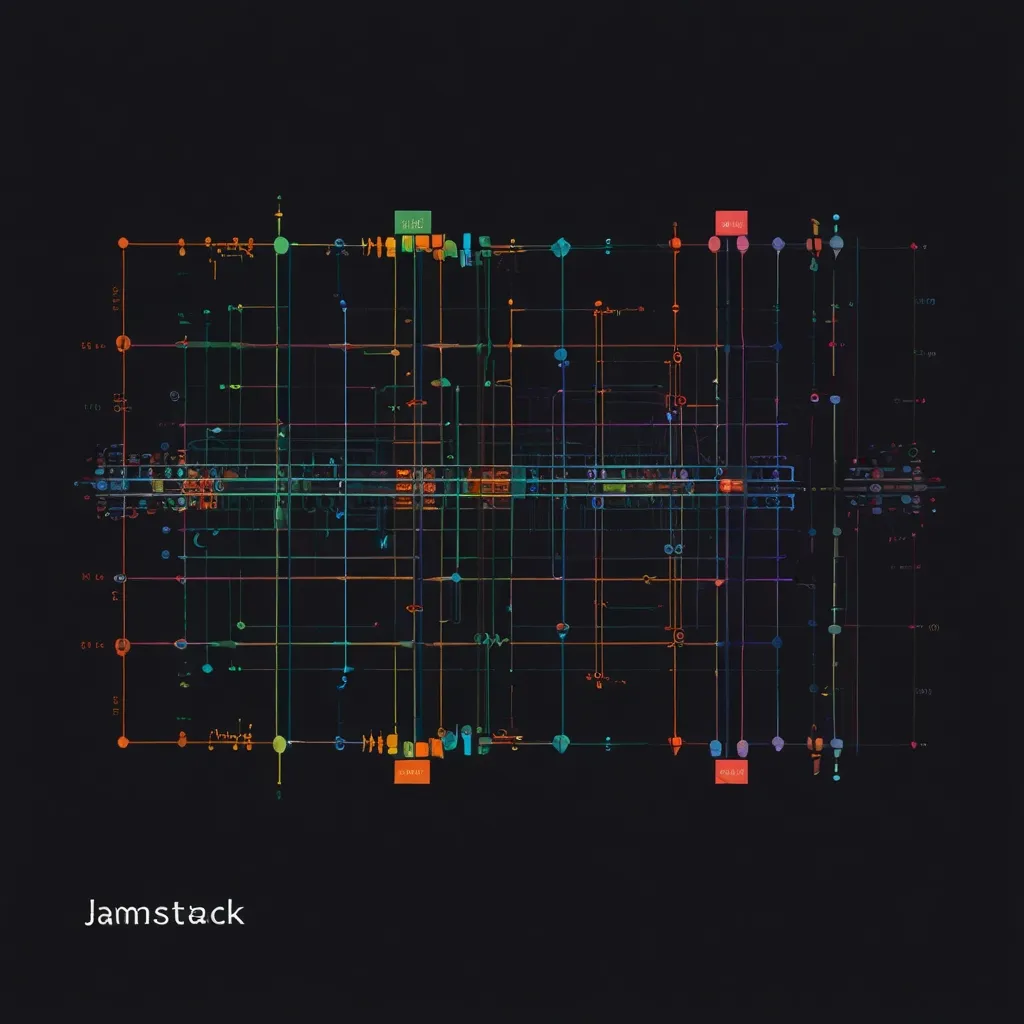In the fast-paced world of web development, there’s always something new and exciting happening. One of the hottest trends right now is called JAMstack, and it’s changing the game for how websites are built. This modern architecture promises to deliver faster, more secure, and more scalable websites—everything a web developer could dream of.
JAMstack might sound a bit techy at first, but it’s actually pretty straightforward once you break it down. Essentially, JAMstack stands for JavaScript, APIs, and Markup. These three components work together in a way that separates the front-end of a website from the back-end, making everything run smoother and more efficiently.
But how exactly does JAMstack work? Well, the magic happens in its ability to pre-render the front-end of a website into static HTML files. These files are then served directly from a Content Delivery Network (CDN), meaning no more waiting around for servers to generate dynamic content on the fly. This makes websites perform lightning-fast and with rock-solid reliability.
When someone visits a JAMstack website, they’re immediately served a pre-built static HTML page. This drastically cuts down the waiting time that you’d usually get with traditional dynamic websites where you’d sit around twiddling your thumbs waiting for content to load. Any fancy bells and whistles—like interactive elements or fresh data—are taken care of by JavaScript running in your browser. This client-side JavaScript talks to APIs to fetch any data or services you need on the spot. Essentially, your browser is doing the heavy lifting instead of the server.
JavaScript is a big deal in the JAMstack world. It’s the engine that adds dynamic flair to otherwise static pages. Whether you’re a fan of React, prefer vanilla JavaScript, or work with any other front-end framework, JAMstack gives you the freedom to make that call.
APIs are equally essential in this setup. They handle all the behind-the-scenes actions that would usually bog down a traditional server. Need authentication, payment processing, or content management? APIs can take care of it all. By outsourcing these complex functionalities to either custom-made or third-party APIs, developers can save a load of time and hassle.
Then there’s the Markup, which refers to the static HTML, CSS, and other assets that get pre-built during the development process. These pre-built pieces are served directly from a CDN, speeding things up considerably and reducing the load on any server.
So what makes JAMstack beneficial? First off, performance is a major win. Websites built with JAMstack load at warp speed because they serve pre-built static files from a CDN rather than generating content dynamically. This is great news for anyone who hates waiting for web pages to load.
When it comes to security, JAMstack shines here too. Fewer server-side components mean fewer opportunities for bad actors to exploit vulnerabilities. Plus, APIs and CDNs add an extra layer of security by further minimizing the risk of server-side attacks.
Scalability is often a headache for traditional websites, but not for JAMstack sites. Since these sites are built using static files, they can effortlessly handle a flood of visitors without needing a battle plan for complex server configurations.
Another compelling benefit is cost-effectiveness. Hosting and maintaining JAMstack sites tend to be cheaper because serving static files requires fewer resources. This can be a big perk for businesses looking to stretch their budgets further.
From a developer’s perspective, JAMstack is incredibly appealing. It lets developers focus on the front-end without getting tangled up in the complexities of a monolithic architecture. Static site generators make content and marketing materials management a breeze, simplifying the build process and enhancing productivity.
You might be wondering, when is the best time to use JAMstack? It’s suitable for a plethora of projects—e-commerce sites, product blogs, content-rich portals, and even personal projects. However, it’s not the best fit for projects that need a tight coupling between client and server, like those built with server-side content management systems such as WordPress.
Speaking of best practices, where should you host a JAMstack site? CDNs like Vercel, Netlify, and Amazon S3 are your best bets. They provide the robustness needed to serve static files efficiently and securely.
Managing content on a JAMstack site is also a walk in the park, thanks to headless CMS platforms like Contentful or DatoCMS. These tools allow you to make real-time updates seamlessly, integrating perfectly with the JAMstack framework.
To generate your JAMstack site, static site generators like Gatsby, Hugo, Jekyll, and Next.js come in handy. These tools do the heavy lifting during the build process, ensuring your site’s performance is top-notch.
JAMstack isn’t just a concept confined to the pages of a tech blog. It’s used in real-world applications every day. Take e-commerce websites, for example—JAMstack can transform them into fast, secure shopping havens. The same goes for product blogs and personal websites, which benefit immensely from quicker load times and heightened security.
Looking ahead, JAMstack is set to play a pivotal role in the future of web development. The API economy is booming, and there’s a growing demand for fast, secure websites. JAMstack ticks all these boxes, making it an appealing choice for forward-thinking developers. It’s flexible, scalable, and designed to meet the high demands of modern users.
In conclusion, JAMstack represents a new era in the way we build websites and applications. By leveraging client-side JavaScript, reusable APIs, and prebuilt Markup, developers can create fast, scalable, and secure web experiences that users love. Whether you’re working on an e-commerce site, a blog, or a personal project, JAMstack is a fantastic option to consider for your next web development endeavor. It keeps up with the times and raises the bar for what’s possible on the web.






